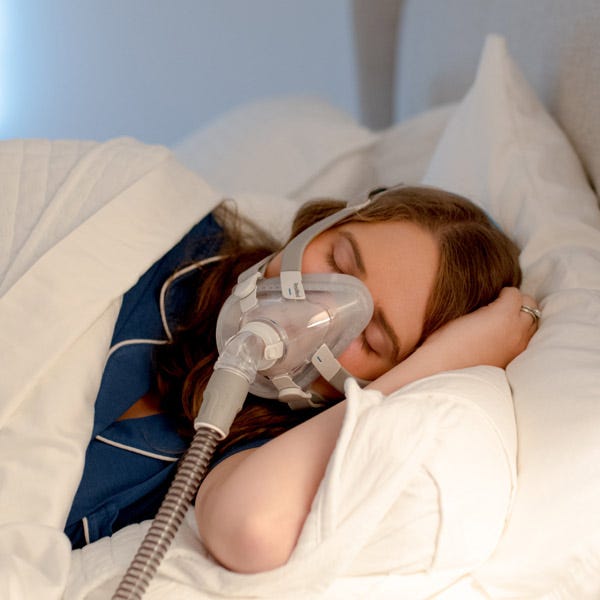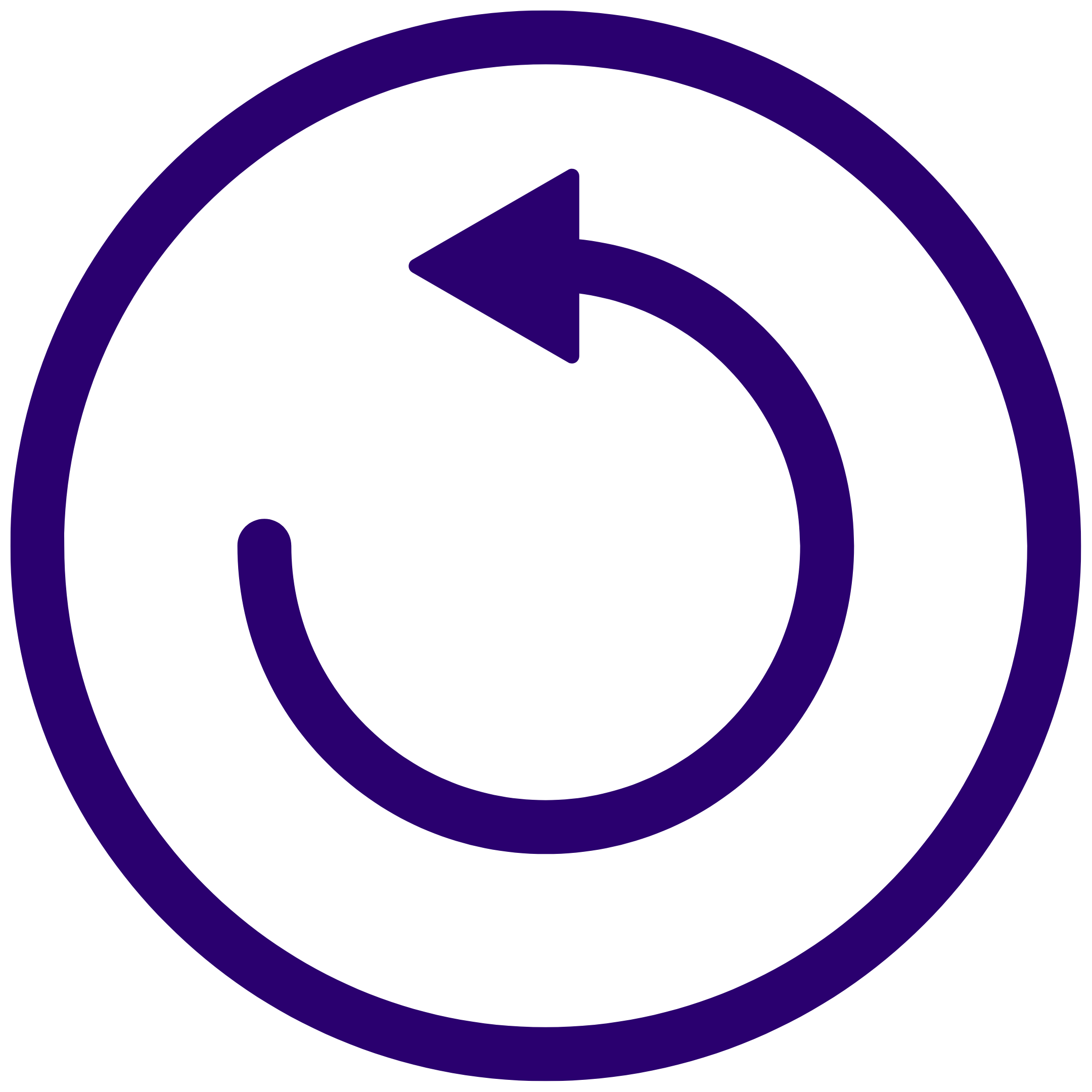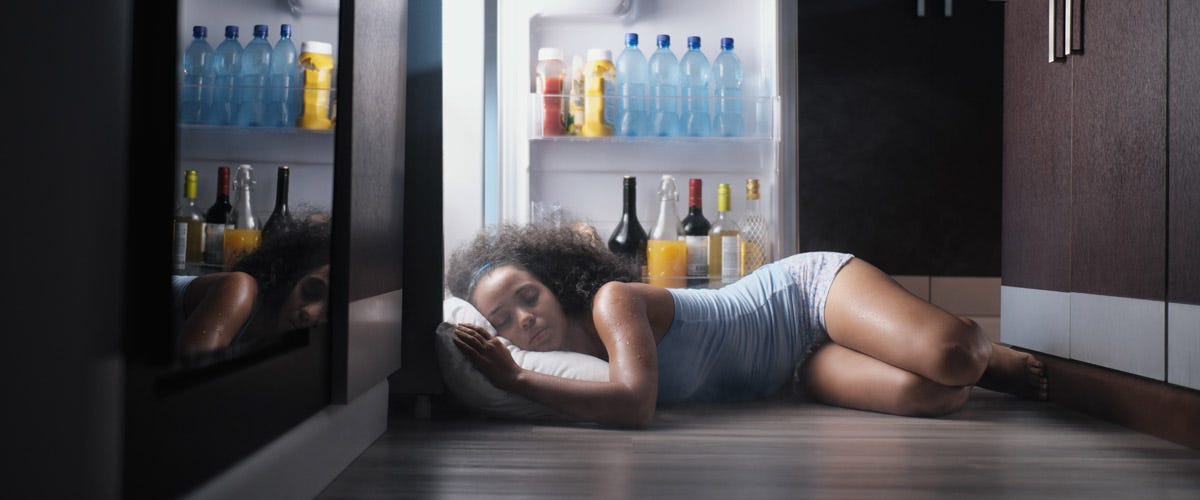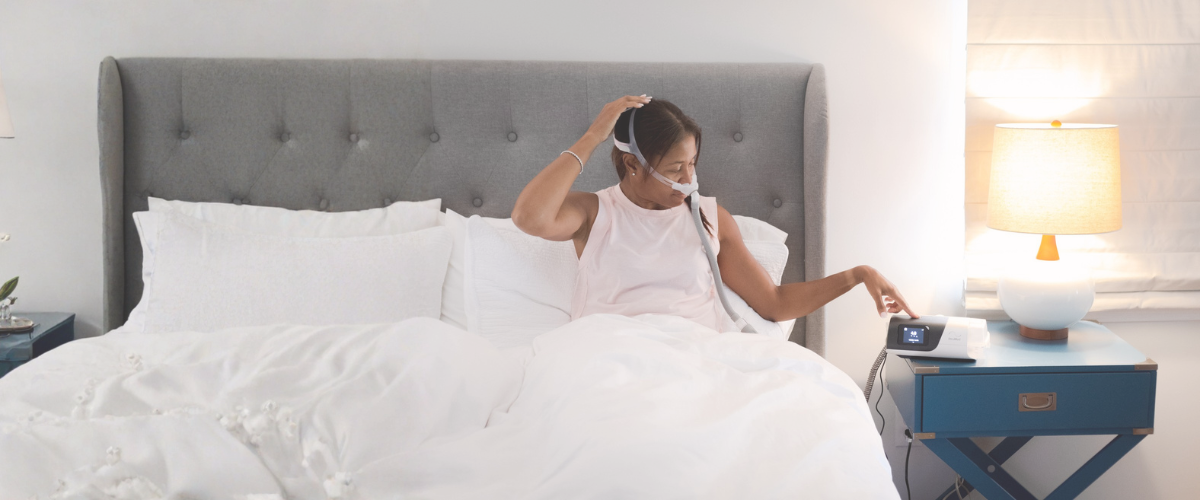How does CPAP work? Newly diagnosed sleep apnea patients (as well as folks who suspect their symptoms are due to apnea) ask this question regularly. We are here to help! By the time you finish reading this article, you’ll have a better general understanding of what sleep apnea is and how CPAP works to help it. You’ll also learn what you can do to secure the equipment you need, get it set up with guidance you can trust, and get to work improving your sleep quality!
Table of Contents
What Is Sleep Apnea?
The first thing to understand is the mechanics of sleep apnea. The most common type is obstructive sleep apnea, or OSA. OSA happens when the muscles or tissues of your upper airway physically collapse and prevent you from breathing properly. These can be measured at a medical sleep center for diagnosis as well as tracked on a CPAP machine itself as “events per hour”.
An “event” is defined as an “apnea” when there is a full stop in breathing for 10 seconds or longer. A “hypopnea” is a partial stop in breathing for 10 secs or longer. The severity of sleep apnea is measured by the Apnea-Hypopnea Index (AHI). Depending on the severity of your condition, these pauses may happen anywhere from 5 to over 100 times per hour!
Your AHI number represents the average number of apneas per hour while sleeping. The medical community recognizes three classifications based on your AHI:
- Mild sleep apnea: 5 to 15
- Moderate sleep apnea: 15 to 30
- Severe sleep apnea: 30 or more


How Does Sleep Apnea Work?
Now that you have some knowledge about the condition, how does CPAP work to regain you a good night’s sleep? CPAP stands for “continuous positive airway pressure”. A CPAP machine delivers pressurized air via a CPAP mask. This pressurized air acts like a splint, preventing your airways from collapsing.
The increased airflow is known to reduce the severity of sleep disorders, reduce daytime sleepiness, and help manage high blood pressure. The relief it provides your entire cardiovascular system in turn lowers your risk for heart disease. And once you get used to the headgear, you’re more likely to get that better sleep you need to feel better in general.
CPAP use is not the same as a ventilator or oxygen therapy. It does not push air in and out of the lungs. It simply keeps the airways pushed open. CPAP is considered the gold-standard treatment for OSA because it is the most effective non-invasive treatment.
What Are the Different Types of CPAP Machine?
There are 3 main types of PAP therapy:
CPAP (Continuous Positive Airway Pressure)
- Most commonly prescribed sleep apnea treatment
- Also called set-pressure or fixed-pressure CPAP device
- Delivers one set pressure all night
- Most affordable PAP treatment option
APAP (Automatic Positive Airway Pressure)
- APAP machines are also called autoCPAP, auto-adjusting CPAP, or auto-titrating CPAP
- Detects your breathing and automatically adjusts air pressure
- Delivers the least amount of pressure needed for therapy
- Often prescribed to people who have difficulty adjusting to CPAP treatment
BiPAP (Bilevel Positive Airway Pressure)
- Also called bilevel CPAP
- Delivers two pressure levels: a higher pressure during inhalation, and a lower pressure during exhalation
- Often prescribed to people who have medical conditions like congestive heart failure, or Central Sleep Apnea (CSA)
The other big consideration you’ll need to delve into is choosing from the variety of different masks, such as full face masks, nasal masks, and nasal pillows. Your choice will be based on your unique needs and sleep style!
Can You Still Stop Breathing With a CPAP Machine?
Proper CPAP therapy should keep your AHI under 5. A few apneas may still be considered normal. If you experience more than 5 apneas per hour while using CPAP, you may need to ask your doctor or sleep specialist to adjust your pressure settings. Please, never try to adjust your pressure settings yourself!
It’s also possible to stop breathing with CPAP if you experience Central Sleep Apnea (CSA). This is a dangerous neurological disorder where your brain fails to signal your body to breathe during sleep. If you stop breathing while using CPAP, talk to your doctor right away.
How Do I Get a CPAP Machine?
Since a CPAP is considered a medical device, you’ll need to get a prescription from a healthcare provider. Your doctor will very likely require a sleep study. You can do this sleep test either at home or in a sleep lab. The results can diagnose sleep apnea, as well as determine your AHI and pressure settings.
Once you have a prescription, your dedicated CPAPsupplies.com sleep specialist will handle all of the paperwork for you. They can obtain your prescription and help you choose both a machine and a type of mask that works best for you.
To avoid common problems new CPAP patients often have, your sleep specialist will also get you started with board-certified clinicians to set up and adjust your device.
We can’t wait to help you get on the path to better health!












